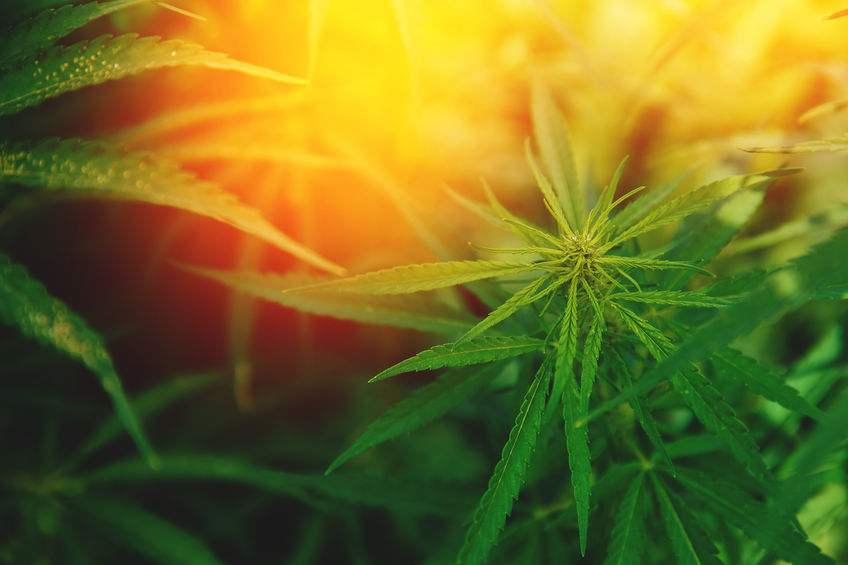On Jan. 19, 2021, the U.S. Department of Agriculture (USDA) published a final rule for the establishment of a domestic hemp production program. The regulations oversee the production of industrial hemp in the United States, including on Indian reservations.
The Final Rule updates and finalizes the Interim Final Rule released in 2019. The rule addresses licensing, recordkeeping, sampling and testing, harvesting, disposal of noncompliant plants, and violations and appeals. The USDA’s hemp program was first authorized in the 2018 Farm Bill.
The rule is set to take effect on March 22 but may be reviewed by the Biden Administration, which issued a freeze on pending and final rules that are not yet in effect on Jan. 20—including the final hemp rule. The Biden Administration could let the rule proceed as scheduled, review the rule and make changes, take additional comments, or put the rule on hold.
Obtaining a final rule is vital for tribes and others seeking to move forward with hemp programs. Since the USDA established its hemp program, approximately 41 tribes have obtained approved plans for regulating and managing the development of hemp on their reservations.
The Final Rule contains several changes from the Interim Final Rule, based on public comments from farmers, tribal entities, and industry members. These changes provide important flexibility by removing unrealistic timelines and lessening punitive penalties, allowing tribes to address the realities of operating in a new and growing industry.
First, the Final Rule clarifies that upon the USDA’s approval of a Tribal Plan, the Tribe may exercise jurisdiction and primary regulatory authority over the production of hemp across all its territory. The Final Rule also expands the definition of law enforcement to include tribal law enforcement.
Next, the Final Rule eases sampling and harvesting requirements by expanding the window within which crops must be harvested after testing to 30 days; this is up from 15 days. While the rule requires testing by a DEA-registered laboratory, enforcement flexibility for this condition will allow nonregistered laboratories to test hemp until Jan. 1, 2022, because there are currently not enough registered laboratories available for testing.
The Final Rule also raises the negligence threshold for THC levels from .5% to 1% to provide more flexibility as growers develop their crops. If a grower gets three negligence violations in a five-year period, however, it could impact their ability to grow hemp for five years.
The Final Rule does not change the requirement in the law that states plants with THC levels higher than .3% must be destroyed, but the rule does makes disposal of plants that exceed the THC limit easier by expanding options and allowing farmers to dispose of plants on their own without the DEA or local law enforcement. Disposal options include blending the entire plant to use as biomass, or disposing of the noncompliant flower and using the rest of the plant for other purposes. This allows cultivators to recoup some cost and still use plants that test “hot.”
The legal landscape for hemp cultivation is new, growing, and constantly changing. Patterson Earnhart Real Bird & Wilson LLP is prepared to work with tribes, regulators, and tribal entities to navigate this regulatory landscape. For more information about us, visit www.nativelawgroup.com. To learn more about this specific issue and how we can assist, contact attorney Katie Frayler in our Colorado office at (303) 926-5292.

